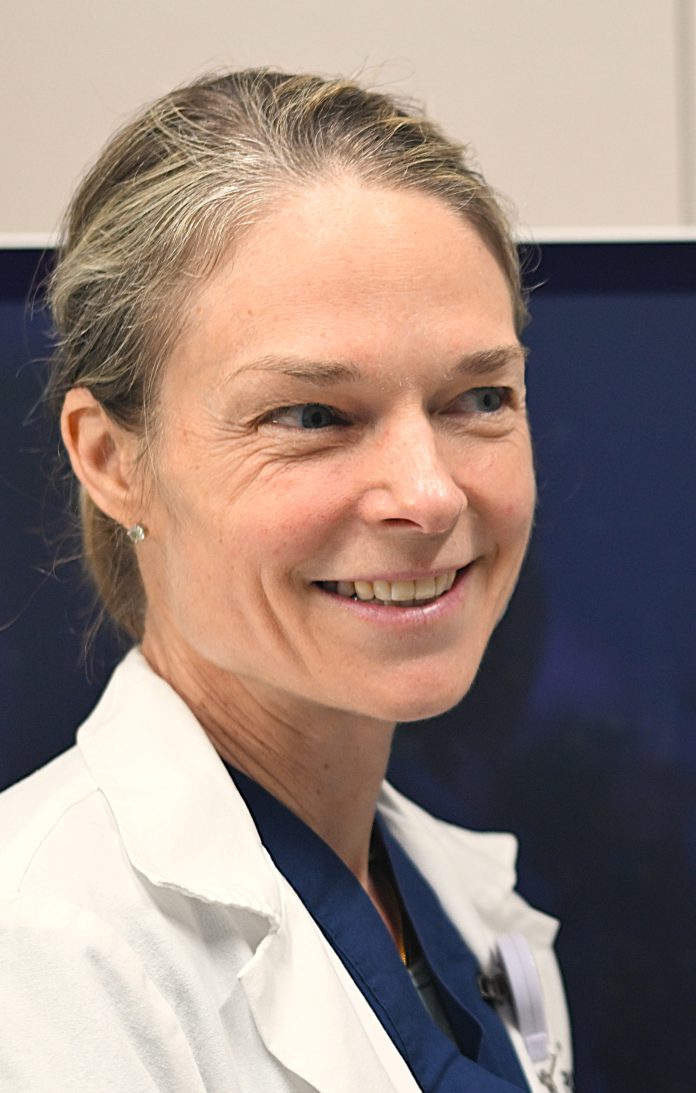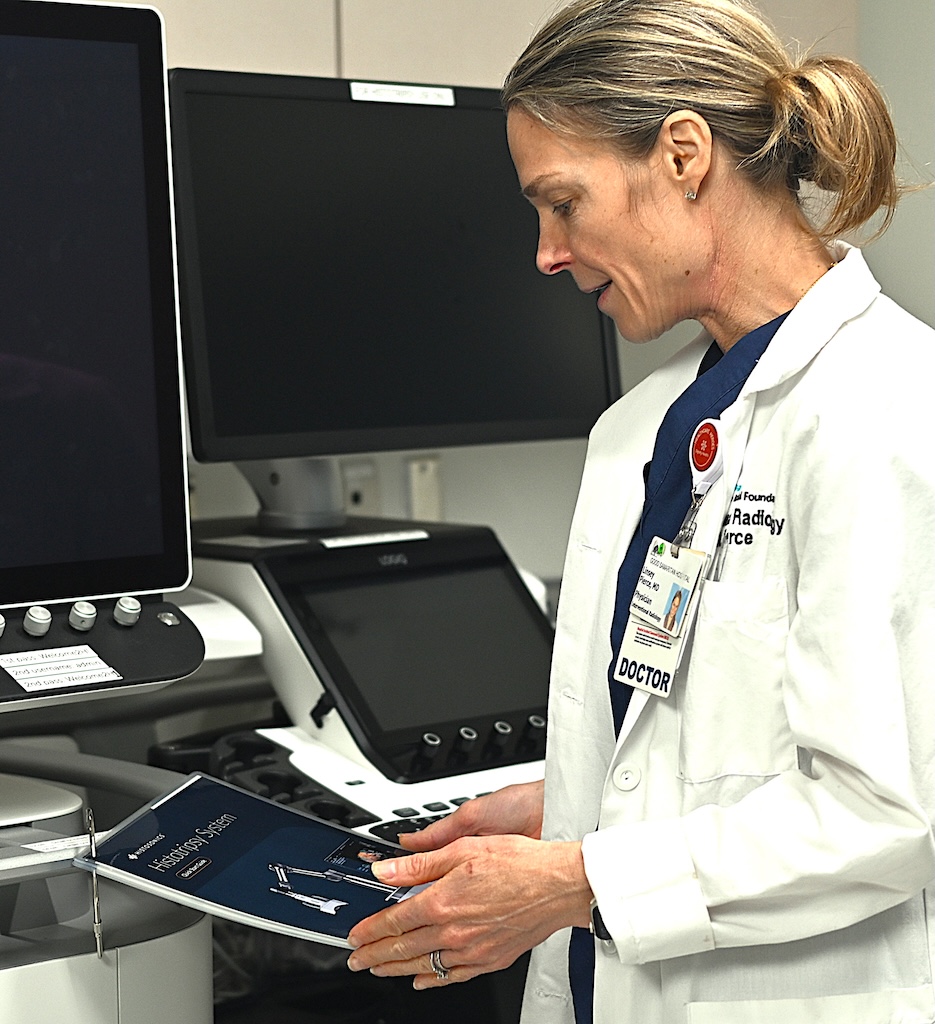
On Sept. 8, Good Samaritan Hospital “Good Sam” emailed this reporter a press release that proclaimed, “Good Samaritan Hospital (Good Sam) becomes the first hospital in the South Bay to perform a histotripsy procedure—a groundbreaking, non-invasive treatment that destroys liver tumors using sound waves rather than surgery, radiation or chemotherapy.” For anyone who has had cancer or has had any type of cancer in their family or friends, this is good news. A procedure that could treat a liver tumor in the morning and the patient could go home that evening without a tumor? Is this too good to be true?
I contacted Dawn Bussy, the communications and community engagement director at Good Sam, for details. I wanted to learn more about histotripsy. Bussy arranged a brief interview with Dr. Lindsey Pierce, the doctor who is doing this procedure at Good Sam.
Just what is histotripsy?
“Histotripsy uses focused ultrasound waves to precisely target tumorous tissue, creating microbubbles that collapse and break apart the tumor cells without harming surrounding healthy tissue. The result is a safe, precise and non-invasive option for patients for whom traditional cancer treatments may pose high risks or have proven ineffective.”
Later I was to find out that histotripsy may do even better than just dissolving a tumor.
This procedure is in trials for other ablation uses: arterial disease, enlarged prostates, uterine fibroids and many other conditions that may have required surgery in the past.
Dr. Pierce is an interventional radiologist who performs this very new treatment at Good Sam. Bussy managed to get me twenty minutes to meet with Dr. Pierce. I wanted to learn more about how it eradicates liver tumors.

“Histrotripsy is a game-changer in liver cancer care,” Dr. Pierce says in the release.
Bussy led me through the maze of corridors within the bowels of Good Sam Hospital to the radiation department.
We were then led by Dr. Pierce to the machine in question.
It is actually several pieces of very sophisticated equipment and is mobile.
“This machine came out earlier this year, and it is only FDA-approved for liver tumors,” she said. “We identify where the tumor is, visually, by CT scans—or sometimes a MRI—so you know where the tumor is that you are interested in hitting.”
This procedure is entirely external save for the intubation of the patient, I also learned.
“The patient is intubated because you need them really still,” Dr. Pierce said. “So, for a larger tumor it can take up to 45 minutes—for a smaller one, 20 minutes or so. It all depends on the tumor size.”
Approximately nine hospital staff members assist in this cutting-edge procedure.
What happens to the destroyed tumor?
“The ultrasound waves work in such a capacity that it causes the internal elements to agitate, to a point that (the tumor cells) all die and become liquefied dead tissue,” Dr. Pierce went on. “I think that it is going to be life-changing for a patient with cancer. Once the tumor is destroyed, the body absorbs it over time. It is non-harmful.”
Dr. Pierce mentioned that trials are now underway to extend the treatment to people with pancreatic cancer—one of the most lethal.
“The future of noninvasive cancer therapy is bright,” Dr. Pierce said in the release. “We are proud to be among the first to bring this to our patients.”
Good Samaritan Hospital, an affiliate of HCA Healthcare, is also planning significant construction, starting with a new parking garage and utility plant.
“Being the first hospital in the South Bay to offer histotripsy shows our commitment to bringing world-class, cutting edge technology to the South Bay community,” the hospital’s CEO, Patrick Rohan, said in the press release. “This innovation represents hope for patients and families facing a difficult diagnosis, and we are proud to be at the forefront of advancing cancer care.”










Now to get insurance to cover this treatment option is the challenge.